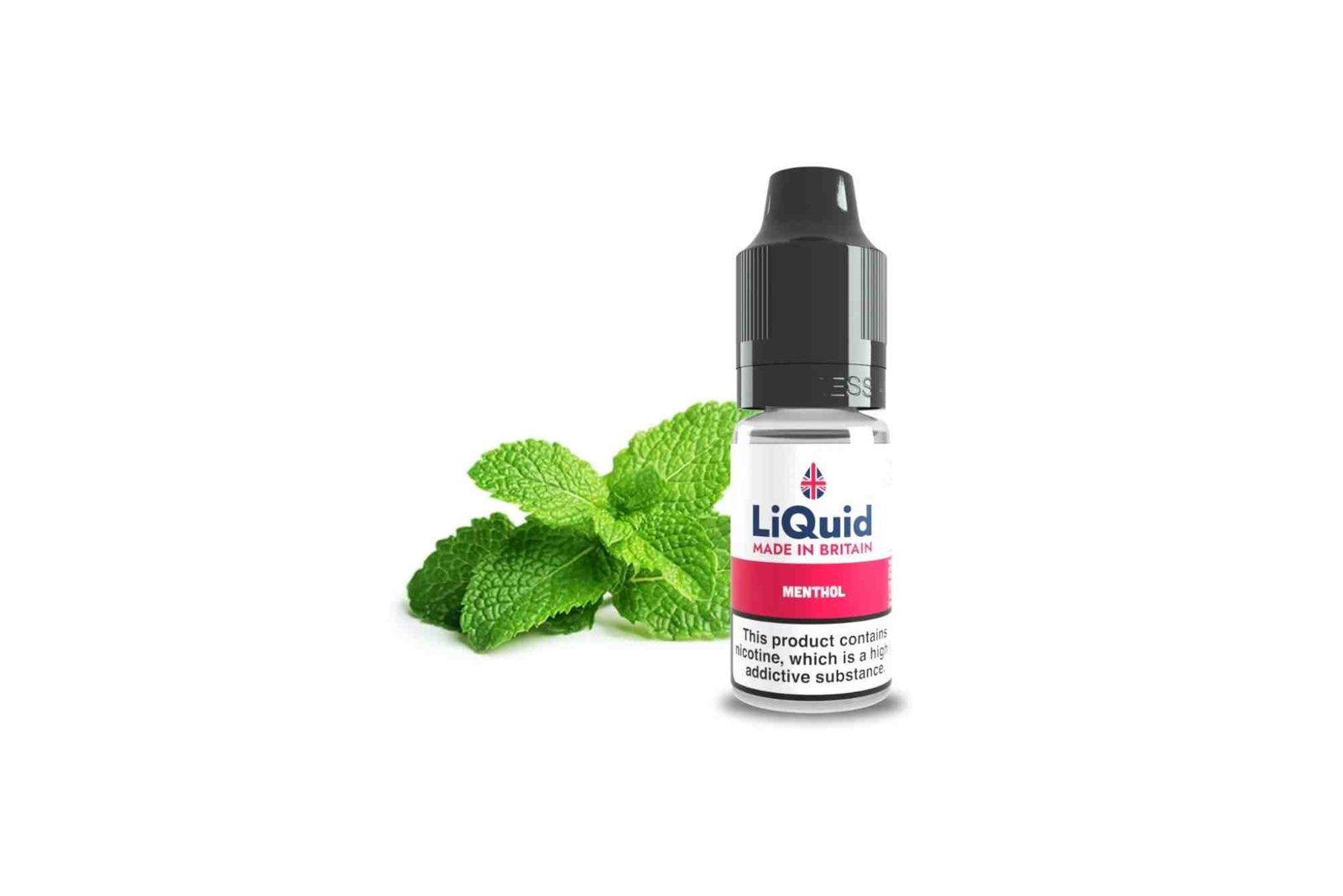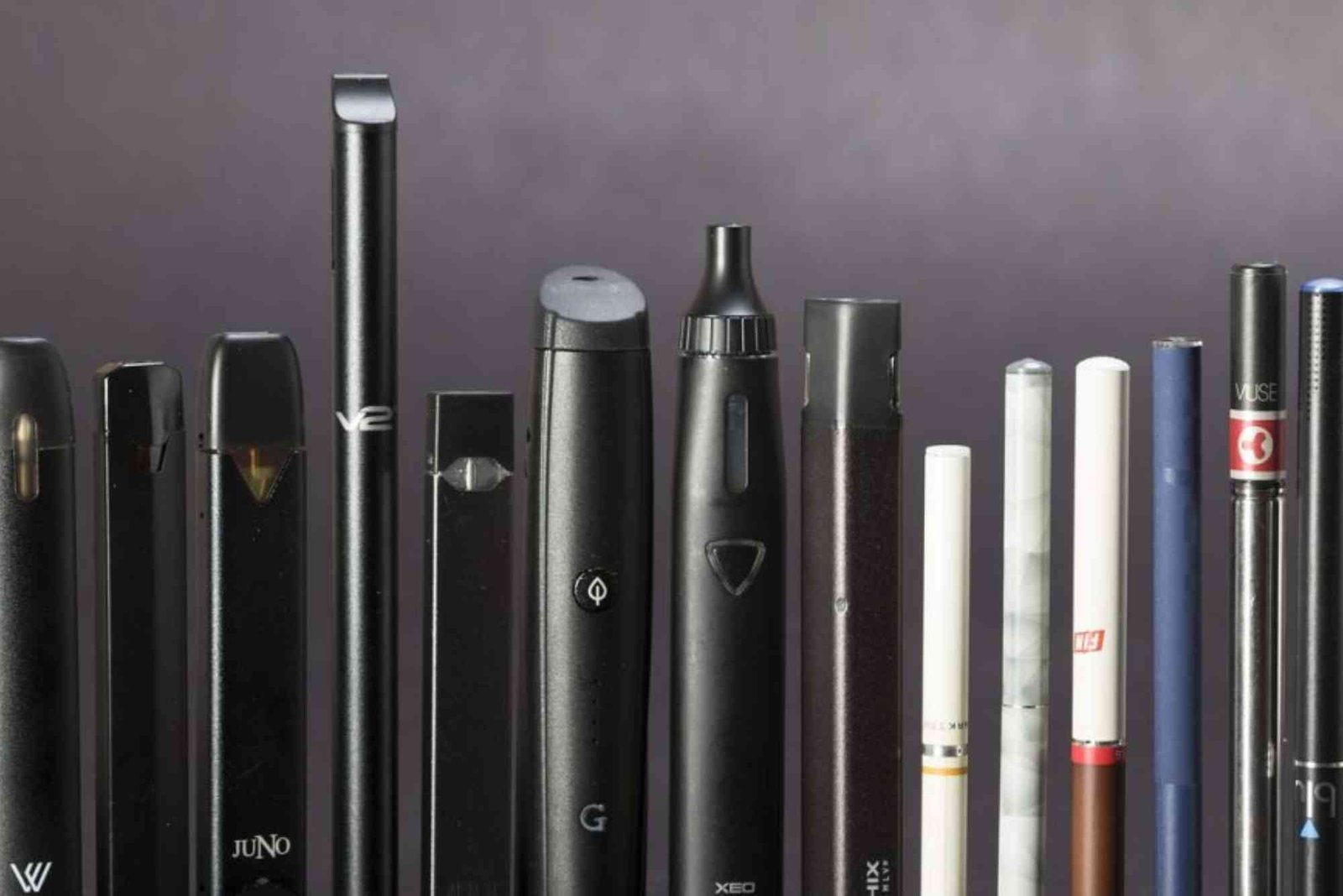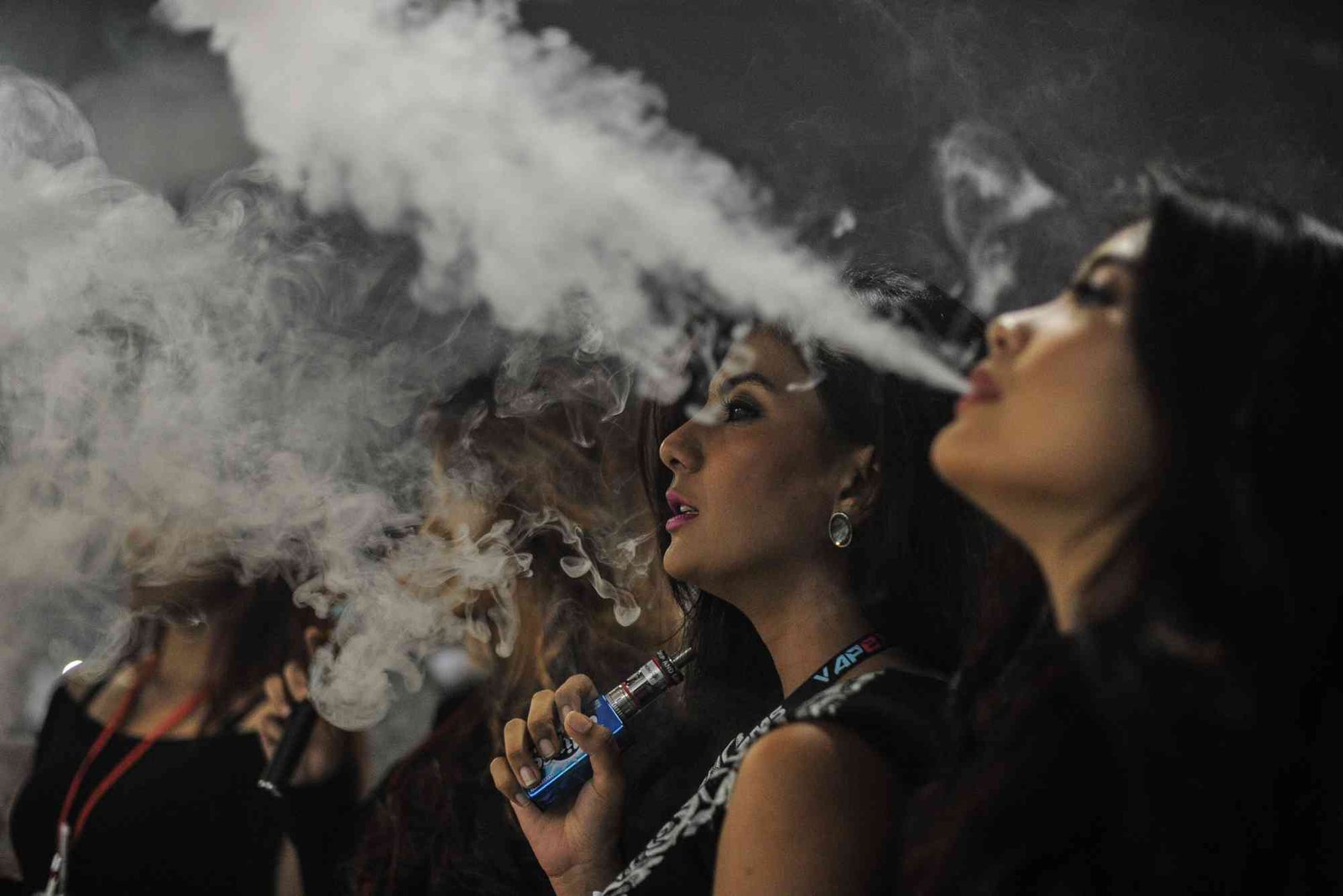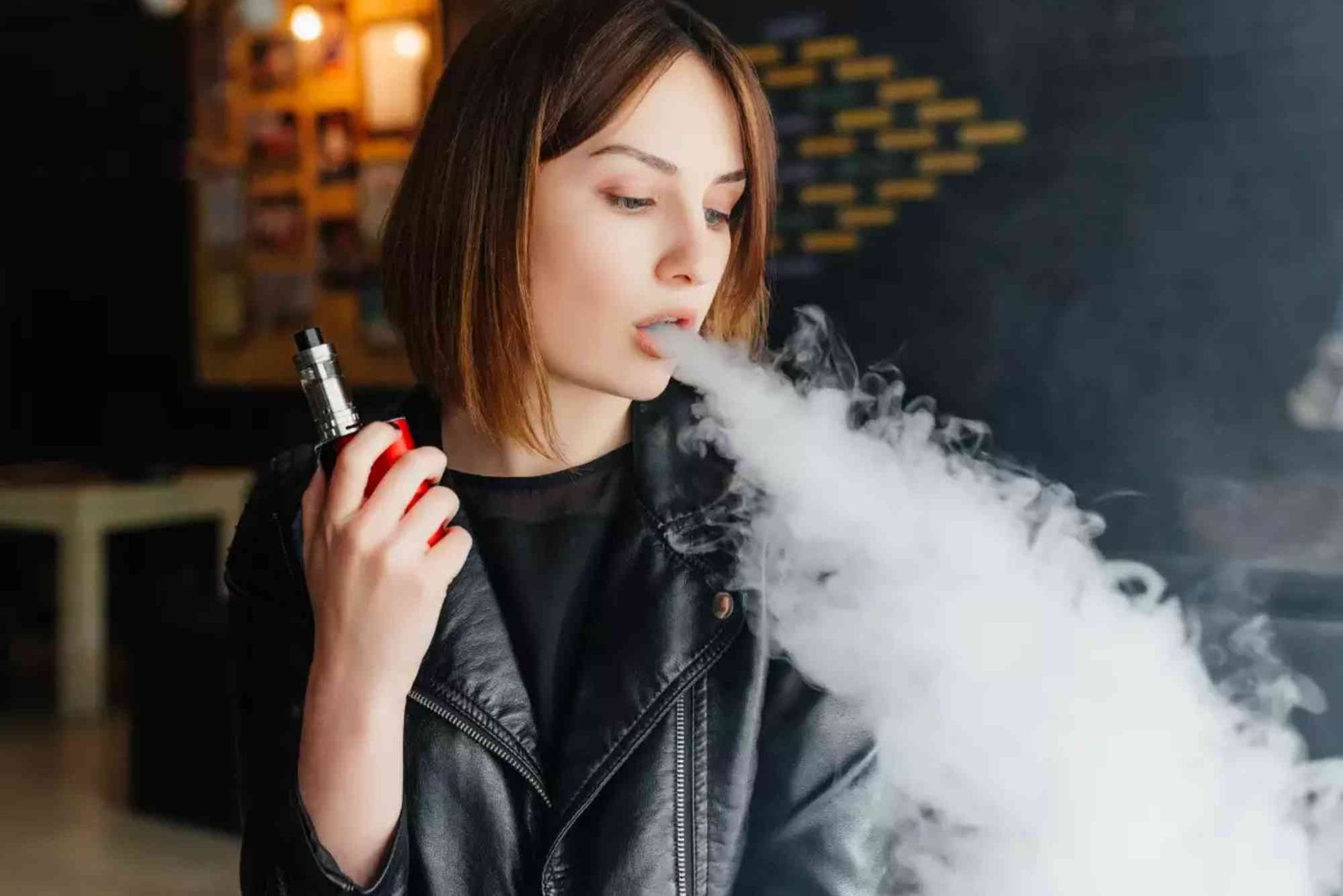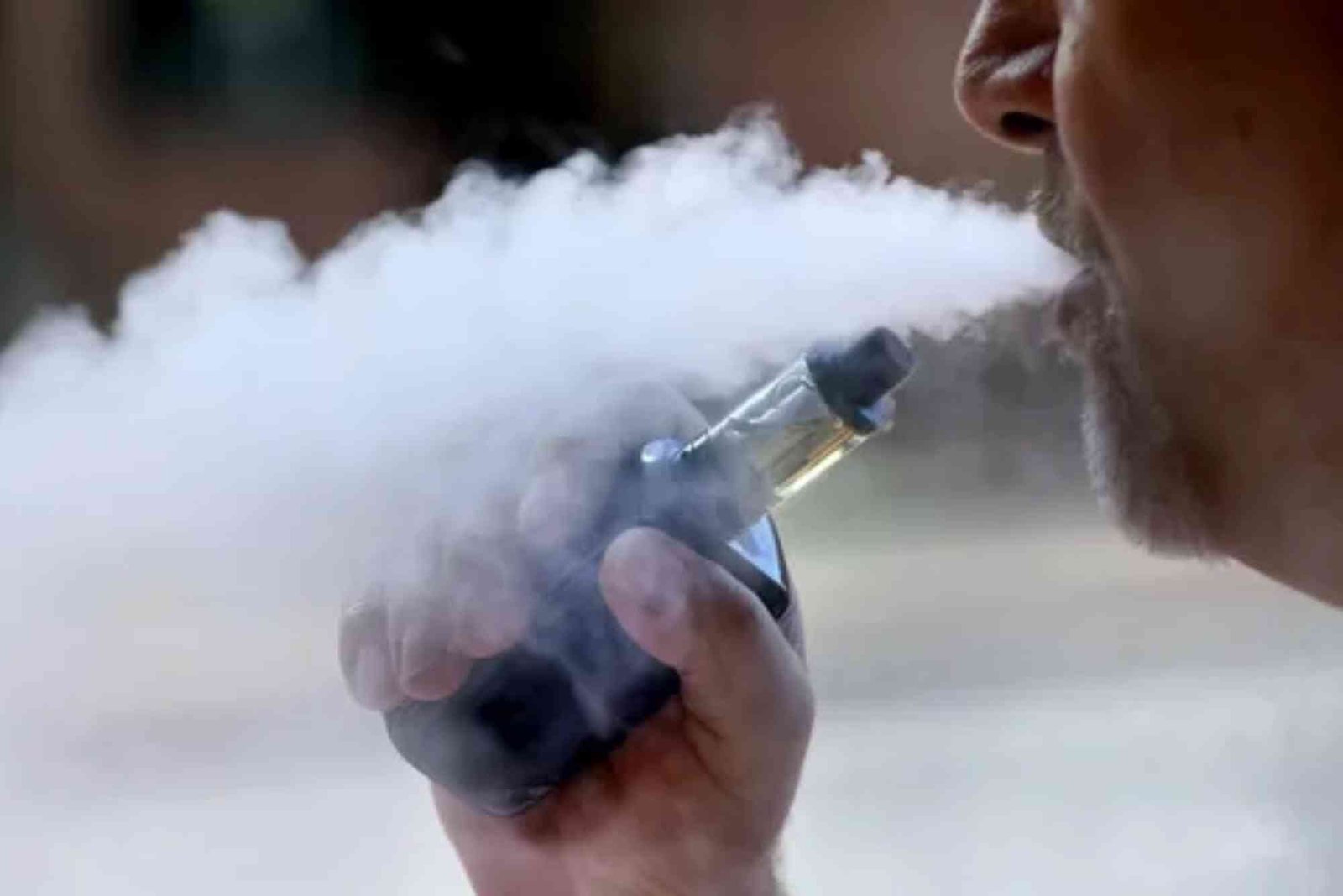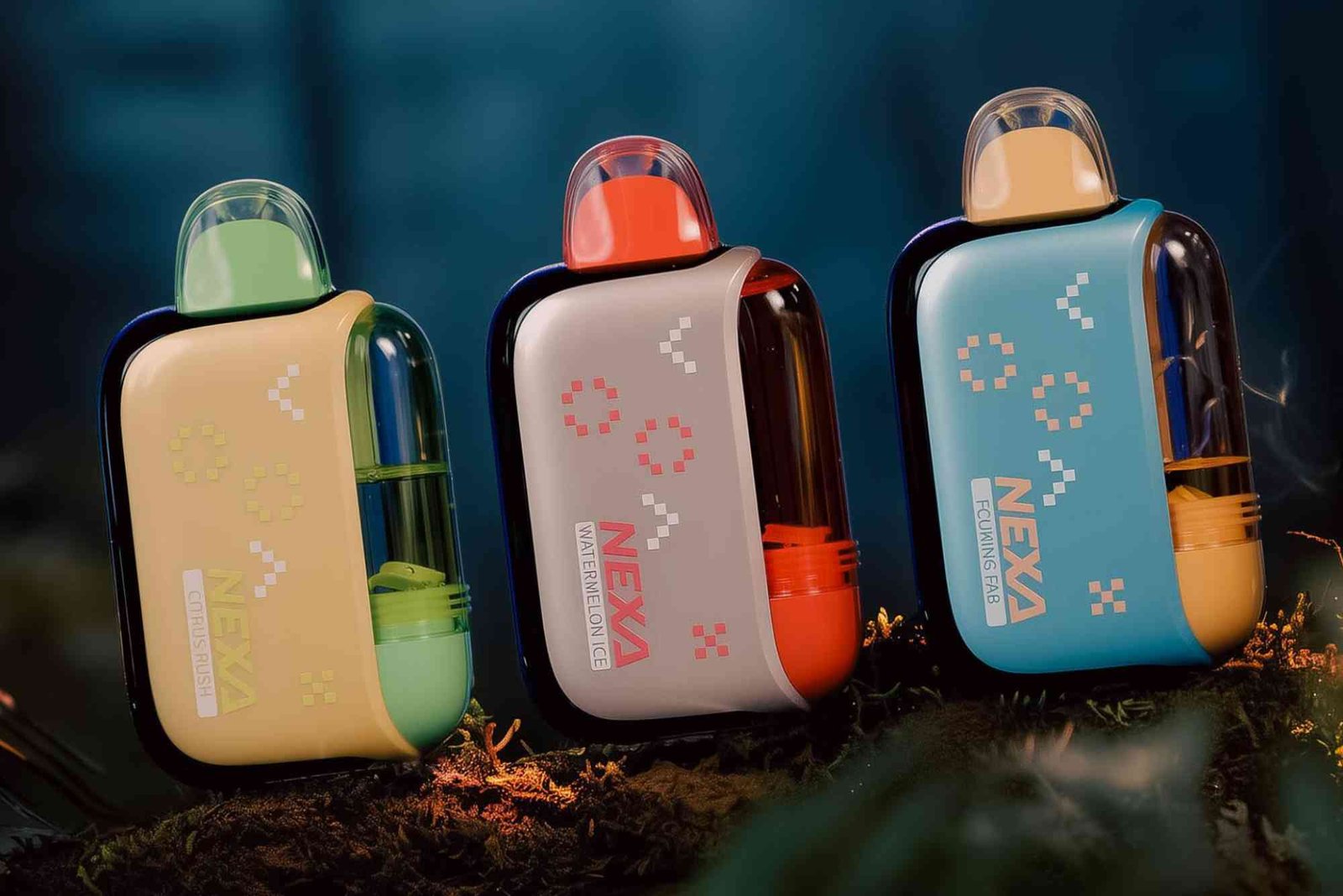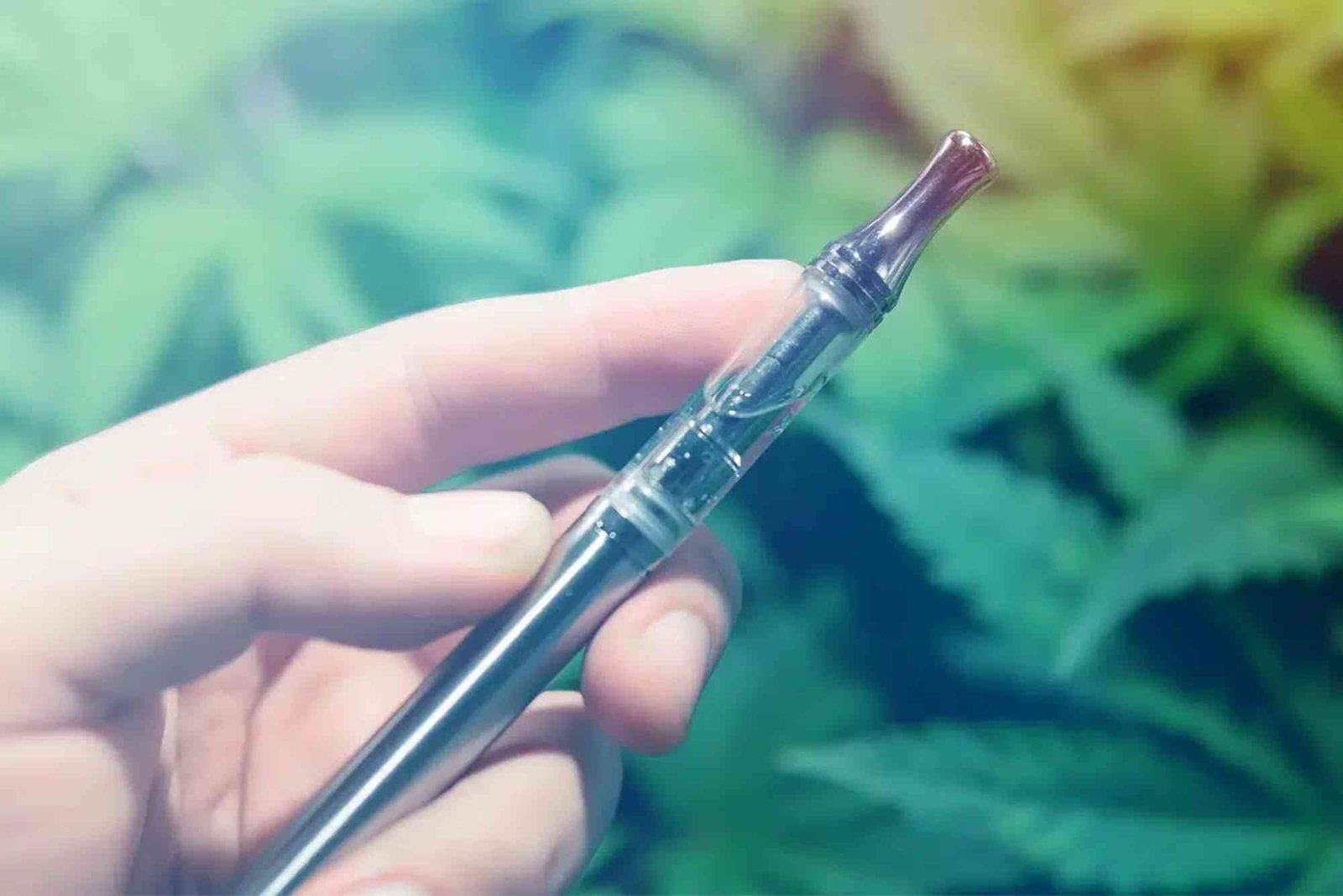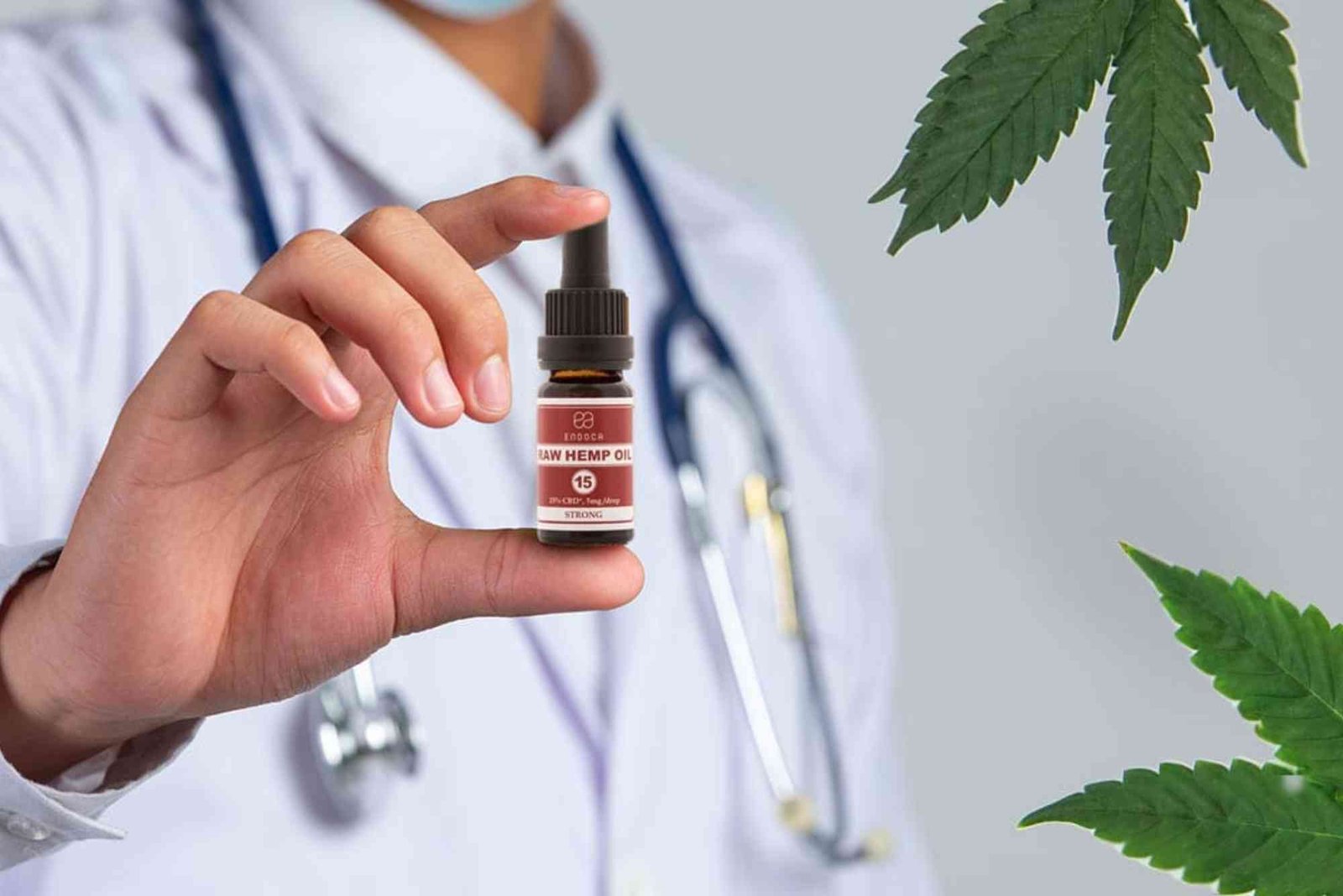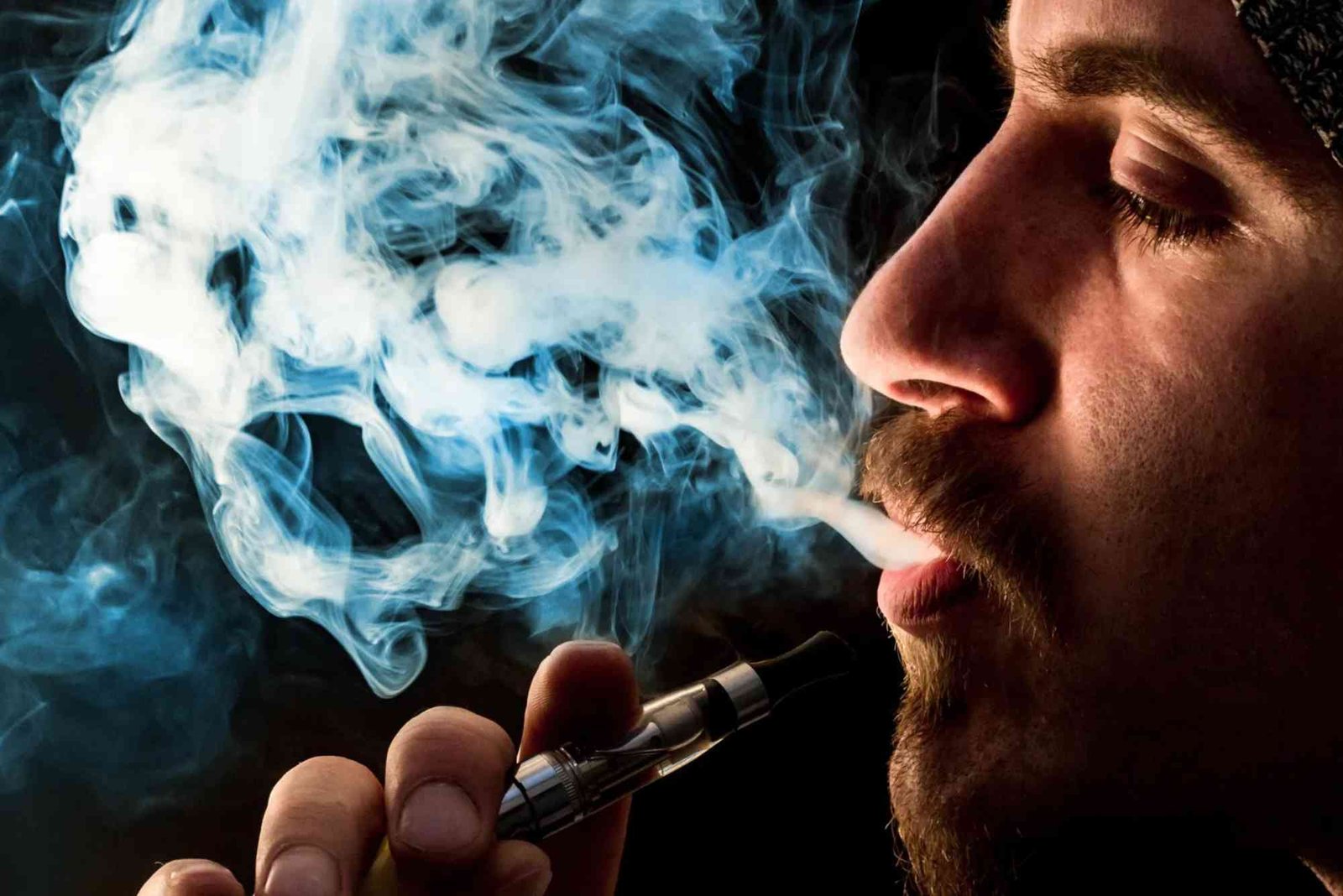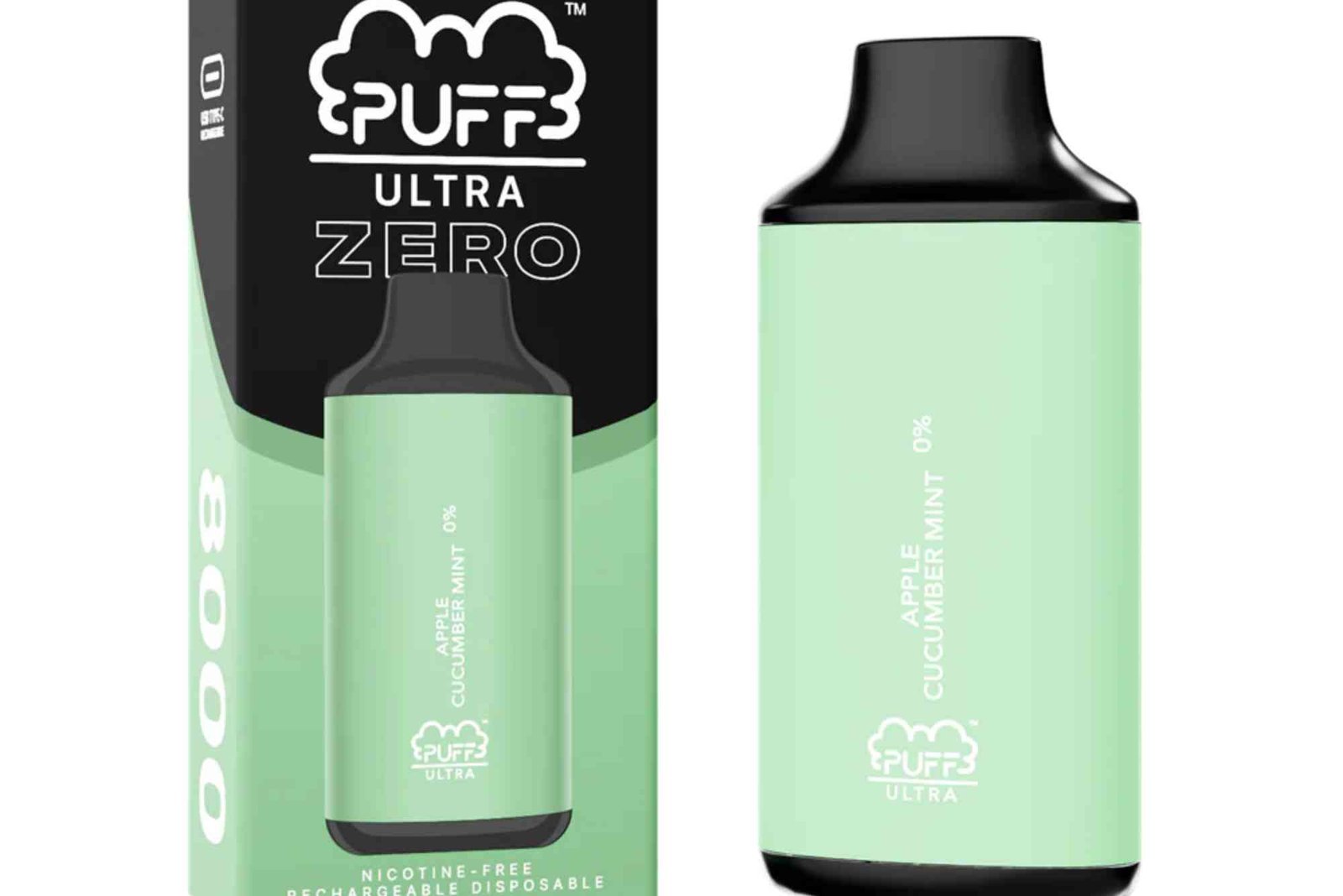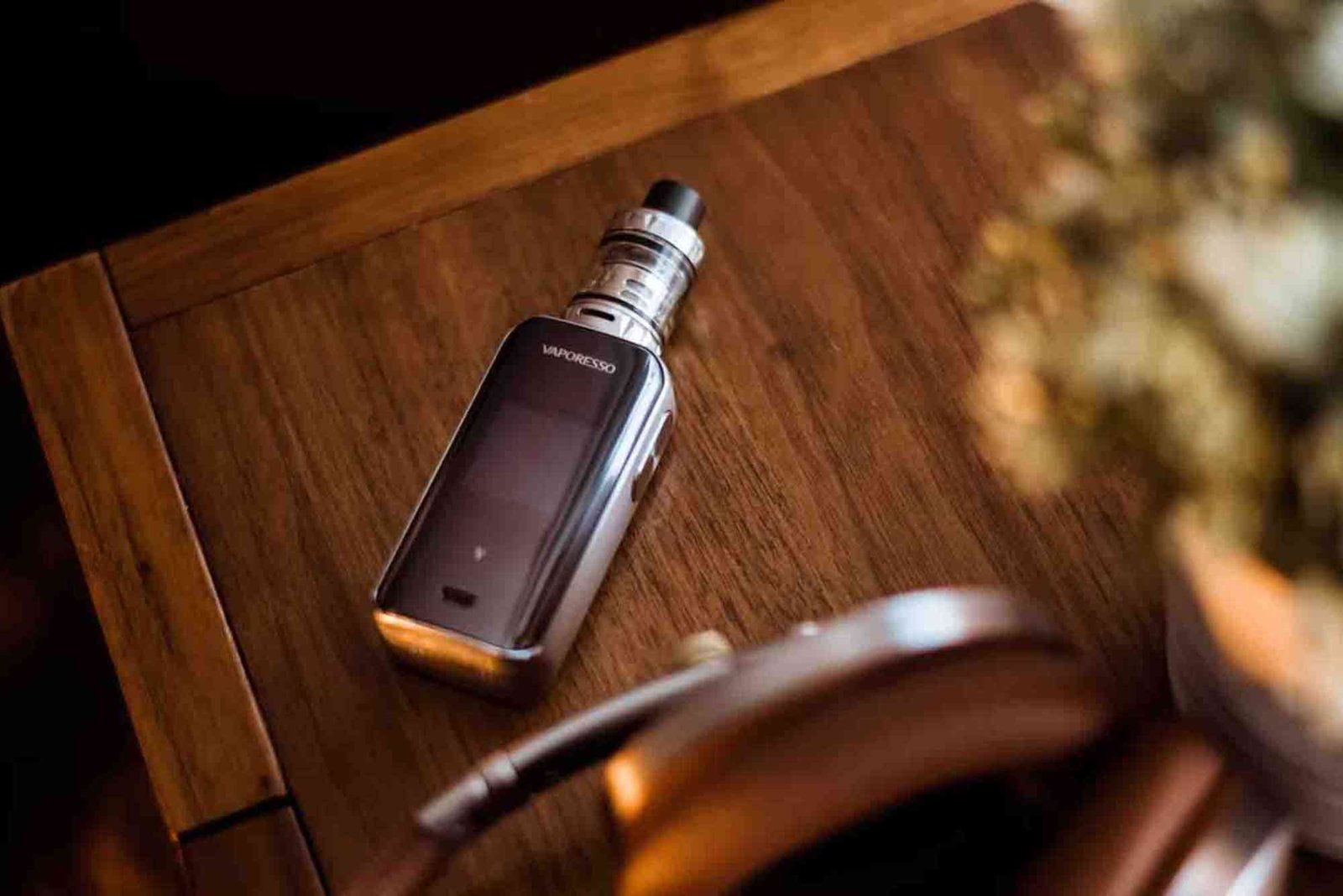E-Liquids Explained: Flavors, Nicotine, and More
Whether you’re new to vaping or looking to upgrade your knowledge, understanding e-liquids is essential. This e-liquid guide covers everything from flavors to nicotine content, ingredients, and how to choose the best one for your needs. As the vaping world expands, so does the variety of e-liquids on the market. Choosing the right option can greatly impact your experience—flavor, throat hit, vapor production, and satisfaction all depend on the right choice.
E-liquids, also known as vape juices, are the essential fuel for any vape device. Without them, vaping simply wouldn’t be possible. But not all e-liquids are the same. They vary in composition, strength, flavor profile, and even in how they perform in different types of vape devices. That’s why this e-liquid guide will help demystify your choices and empower you to make the best decision for your vaping journey.
What Is E-Liquid?
E-liquid is a specially formulated liquid that gets vaporized inside a vape device. When heated by a coil, it transforms into vapor that users inhale. Its ingredients are relatively simple but highly customizable. Typically, e-liquids contain a mix of propylene glycol (PG), vegetable glycerin (VG), nicotine (optional), and flavorings.
Each ingredient plays a unique role. PG carries flavor better and offers a stronger throat hit. VG, on the other hand, is thicker and produces more vapor. The balance between these two components affects not only your vaping experience but also how suitable a juice is for your device.
Understanding VG/PG Ratios
One of the most important aspects covered in any comprehensive e-liquid guide is the VG/PG ratio. This ratio refers to the proportion of vegetable glycerin to propylene glycol.
A 70/30 VG/PG mix will create thick vapor clouds and a smoother inhale, making it popular among sub-ohm vapers and cloud chasers. A 50/50 blend provides a more balanced experience, ideal for mouth-to-lung (MTL) devices and those who prefer a stronger throat hit. High-PG liquids (like 30/70 VG/PG) are often used by former smokers because they deliver a more cigarette-like experience.
Your ideal VG/PG ratio depends on your device and personal preference. Sub-ohm tanks typically require high-VG e-liquids, while pod systems work better with 50/50 or high-PG liquids.
E-Liquid Flavors: An Ever-Growing Universe
When it comes to flavors, the variety is nearly endless. From classic tobacco and menthol to dessert-inspired and fruity options, there’s something for everyone. Flavor is subjective, but finding your favorite can make or break your vaping experience.
Tobacco and menthol flavors appeal to those transitioning from traditional cigarettes. They offer familiarity and comfort. Fruit flavors like mango, strawberry, and blueberry bring sweetness and freshness to each puff. Dessert flavors—think vanilla custard or caramel cream—are perfect for those with a sweet tooth. Beverage-inspired options like coffee, cola, or even energy drink blends also have a loyal following. Many vapers enjoy rotating flavors to avoid “vaper’s tongue,” a condition where the taste buds become desensitized to a single flavor after prolonged use.
Choosing the Right Nicotine Strength
Nicotine is another vital element in your e-liquid journey. Choosing the correct strength depends on your previous smoking habits or your current goals with vaping. In this e-liquid guide, we break down the most common nicotine levels:
- 0 mg/ml: For flavor enthusiasts or those who have quit nicotine completely.
- 3 mg/ml: Ideal for light smokers or sub-ohm vapers who want minimal nicotine.
- 6 mg/ml: Suitable for moderate smokers or those using MTL devices.
- 12–18 mg/ml: Designed for heavy smokers transitioning to vaping.
- 20–50 mg/ml (nicotine salts): High strength, smoother inhale—great for pod systems.
Nicotine salts are a newer type of e-liquid formulation designed to deliver high nicotine content without the harsh throat hit. They absorb into the bloodstream faster, mimicking the sensation of smoking more closely than freebase nicotine.
What Are Nicotine Salts?
Nicotine salts, or nic salts, have revolutionized the vaping industry. They use a different form of nicotine that’s found naturally in tobacco leaves. This form is smoother on the throat, even at high concentrations.
Nicotine salts are ideal for beginners using low-wattage pod systems. They deliver quick nicotine satisfaction and work well for those trying to quit smoking. However, they’re not recommended for sub-ohm devices due to their high potency.
Safety and Storage of E-Liquids
Vape juice is generally safe to use when sourced from reputable manufacturers. Always check for child-resistant caps, batch numbers, and proper labeling. Avoid homemade or unregulated products, as they may contain harmful substances or unverified nicotine content.
Store your e-liquids in a cool, dark place to maintain their quality. Exposure to sunlight, heat, or air can degrade nicotine and flavorings over time. Always keep your vape juices out of reach of children and pets.
Matching E-Liquid with the Right Device
Not all e-liquids work well in every vape. Using the wrong type can lead to poor performance or even damage your coil. For sub-ohm tanks, choose high-VG e-liquids with lower nicotine levels. For pod systems and MTL tanks, opt for higher-PG or nicotine salt options.
Understanding your vape’s coil resistance, wattage range, and airflow design can help you pair it with the most suitable e-liquid.
Can E-Liquid Expire?
Yes, e-liquids can expire. Most have a shelf life of 1–2 years, depending on how they are stored. Over time, flavor compounds may degrade, and nicotine potency may decrease. Signs of expired e-liquid include color changes, a sharp or bitter taste, or a separation of ingredients even after shaking.
Using expired vape juice isn’t necessarily dangerous, but it can lead to an unpleasant experience. For best results, check the expiration date and keep your bottles tightly sealed.
How to Find Quality E-Liquids
A high-quality e-liquid will use pharmaceutical-grade nicotine, food-grade flavorings, and properly balanced PG/VG bases. Look for third-party lab test results and customer reviews. Reputable brands provide ingredient transparency and adhere to strict manufacturing standards.
Avoid e-liquids with artificial dyes, overly sweetened formulas, or brands that make unrealistic claims. In this e-liquid guide, trust is everything—only use products from brands that prioritize consumer safety.
Can You Mix E-Liquids?
Yes, many vapers enjoy mixing e-liquids to create custom flavor blends. For example, mixing a mint flavor with fruit can produce a refreshing twist. However, it’s important to only mix juices with compatible VG/PG ratios and nicotine strengths. Always test small batches first to avoid wasting your supply.
Also, avoid mixing nicotine salt and freebase e-liquids. Their chemical properties differ, and blending them can affect flavor and throat hit.
Choose Smart, Vape Better
Understanding e-liquids is key to unlocking a satisfying and enjoyable vaping experience. From flavor selection to nicotine strength, from VG/PG ratios to device compatibility—every detail matters. With the right knowledge, you can personalize your vape to match your taste, lifestyle, and goals.
Use this e-liquid guide as your reference point when exploring new vape juices or transitioning from smoking. And remember: always buy from trusted sources, store your e-liquids safely, and never be afraid to experiment with new flavors or strengths.
Frequently Asked Questions
What is the difference between freebase nicotine and nicotine salt?
Freebase nicotine is the traditional form found in most e-liquids. It provides a strong throat hit and works best at lower concentrations. Nicotine salt, on the other hand, is smoother and absorbs faster, making it ideal for higher nicotine strengths and pod devices.
Can I vape e-liquid without nicotine?
Absolutely. Many vapers prefer 0 mg/ml e-liquids to enjoy flavors and clouds without the addictive component. These options are ideal for those who have weaned off nicotine or never used it to begin with.
How many puffs does 10ml of e-liquid provide?
While this varies depending on device efficiency and user habits, 10ml typically provides about 1000–3000 puffs. Higher-wattage devices will consume more e-liquid per puff, reducing total usage time.
Is high-VG better than high-PG e-liquid?
It depends on your preferences. High-VG e-liquid is better for cloud production and a smooth inhale, while high-PG offers better flavor delivery and a stronger throat hit. Choose based on what you value more in your vape experience.
Can I use e-liquid in any vape?
No. E-liquids must be matched to the correct device type. Sub-ohm devices need high-VG, low-nicotine juices. Pod systems perform best with higher-PG or nicotine salts. Using the wrong e-liquid may lead to coil damage or unsatisfying results.

